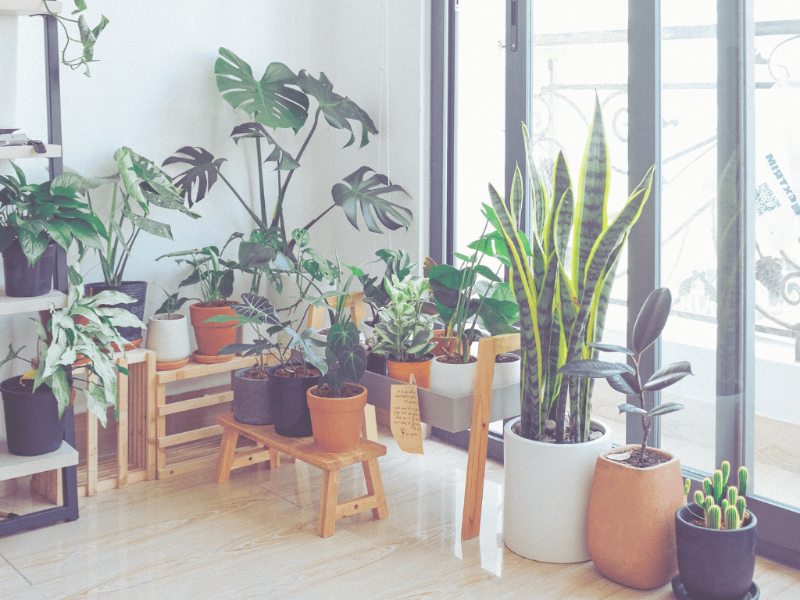
Indoor gardening is a wonderful way to bring the beauty of nature into your home or office space. Not only does it add a touch of greenery, but it also offers numerous benefits for your well-being.
From reducing stress and improving mental health to purifying the air and creating a calming atmosphere, indoor gardens have become increasingly popular in recent years.
In this comprehensive guide, we will explore the world of indoor gardening and provide you with easy tips to create your own green spaces at home.
Whether you have a green thumb or are just starting out, these tips will help you transform your living or working environment into a soothing oasis...
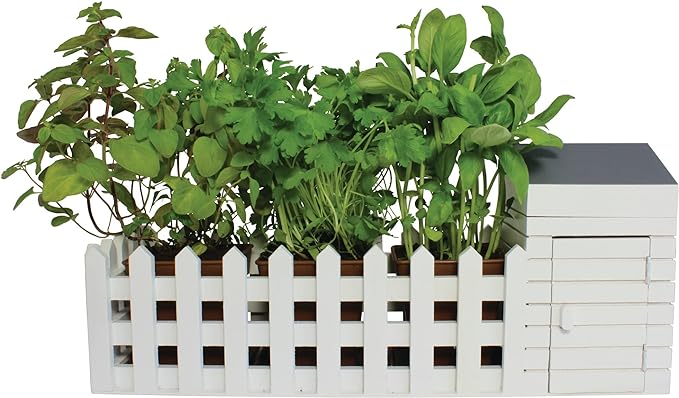
We earn a commission if you make a purchase, at no additional cost to you.
Before we dive into the practical tips, let's take a moment to understand the benefits of indoor gardening. Research has shown that access to green spaces, even indoors, can have a positive impact on our mental and physical well-being.
Here are some of the key benefits:
Being surrounded by plants can have a calming effect on our nervous system. The colour green, in particular, has been found to reduce stress and promote relaxation. Whether you're working from home or spending time in your living room, having plants around can create a serene and peaceful atmosphere.
Plants are natural air purifiers, helping to remove toxins and pollutants from the air. They absorb carbon dioxide and release oxygen, improving the air quality in your home.
Some plants, such as spider plants and peace lilies, are particularly effective at filtering out harmful chemicals.
The presence of nature has been shown to boost mood and improve overall well-being. Indoor gardens can provide a sense of connection with the natural world, even if you're in the heart of a city.
Taking care of plants and watching them thrive can also give you a sense of accomplishment and purpose.
Having plants in your workspace has been linked to increased productivity and concentration. They can help reduce mental fatigue and improve cognitive function, making you more alert and focused.
If you work from home or have a home office, incorporating plants into your workspace can help create a conducive environment for work.
Now that we've explored the benefits of indoor gardening, let's move on to the practical aspects of creating your green spaces. The first step is choosing the right plants for your indoor garden.
Here are some factors to consider:
Different plants have varying light requirements. Some thrive in bright, indirect sunlight, while others can tolerate low-light conditions.
Assess the lighting in your home or office space and choose plants that are suitable for those conditions.
Consider how much time and effort you're willing to invest in plant care. Some plants require more attention and maintenance, while others are more low-maintenance.
If you're a beginner or have a busy schedule, opt for plants that are easy to care for and don't require frequent watering or special care.
Take into account the available space in your home or office. If you have limited space, choose plants that are compact or can be placed on shelves or tabletops.
On the other hand, if you have ample space, you can opt for larger plants that can become focal points in your room.

We earn a commission if you make a purchase, at no additional cost to you.
Consider your personal preferences and the aesthetic you want to create in your indoor garden. Do you prefer flowering plants or lush green foliage?
Are you drawn to tropical plants or succulents? Choose plants that align with your preferences and create a space that brings you joy and tranquility.
Now that you have an idea of the plants you want to incorporate into your indoor garden, let's explore some easy tips to help you create and maintain your green spaces.
If you're new to indoor gardening, it's best to start small and gradually expand your collection of plants.
Begin with a few easy-to-care-for plants and get comfortable with their care requirements. As you gain confidence and experience, you can add more plants to your collection.
Light is crucial for the health and growth of your indoor plants. Most plants require bright, indirect sunlight to thrive.
Place your plants near windows where they can receive sufficient light. If you have limited natural light, consider using artificial grow lights to supplement the light requirements of your plants.
Proper watering is key to maintaining healthy plants. Each plant has different water requirements, so it's important to understand the needs of your specific plants. Check the soil moisture regularly and water when the top inch feels dry.
Avoid overwatering, as it can lead to root rot. Conversely, ensure that your plants are not underwatered, as this can cause them to wilt and suffer.
Selecting the right containers for your plants is essential. Ensure that they have drainage holes to prevent waterlogging and allow excess water to drain out. Use saucers or trays to catch any water that drains from the pots.
Additionally, consider the size of the containers in relation to the growth potential of your plants. Larger plants may require larger containers to accommodate their root systems.
Indoor environments can sometimes have low humidity, which may not be ideal for certain plants. To increase humidity levels, you can place a tray of water near your plants or use a humidifier.
Misting your plants with water can also help create a more humid microclimate around them.
Plants need nutrients to thrive, and fertilizing is an important part of their care. Use a balanced, water-soluble fertilizer specifically formulated for indoor plants.
Follow the instructions on the fertilizer packaging and fertilize your plants at regular intervals to ensure they receive the necessary nutrients.
Pests can be a common problem in indoor gardens. Regularly inspect your plants for signs of pests, such as yellowing leaves or tiny insects. If you notice any pests, take appropriate measures to control and eliminate them.
This may involve using organic pest control methods or introducing beneficial insects, such as ladybugs, to combat the pests naturally.
To ensure even growth and prevent your plants from leaning towards the light source, rotate them regularly.
This will help promote balanced growth and prevent them from becoming lopsided. Aim to rotate your plants every few weeks or as needed, depending on their growth patterns.
Dust can accumulate on the leaves of your plants, blocking their ability to absorb light and potentially attracting pests.
Regularly clean the leaves with a soft, damp cloth to remove dust and keep them looking vibrant and healthy.
Grouping plants together can create a visually appealing display and help create a microclimate with higher humidity. Certain plants, such as ferns and tropical plants, thrive in higher humidity environments.
By grouping them together, you can create a more favourable environment for these plants.
If you're unsure about caring for specific plants or need guidance on troubleshooting common issues, don't hesitate to seek professional advice.
Local nurseries or gardening experts can provide valuable insights and recommendations based on your specific needs and conditions.
Creating an indoor garden is not just about the end result; it's also about the journey and the joy of tending to your plants. Take time to observe and appreciate the growth and beauty of your green spaces.
Experiment with different plant combinations and arrangements to create a space that reflects your personal style and brings you happiness.
Indoor gardening offers a multitude of benefits for your well-being and allows you to create a serene and beautiful environment within your home or office. By choosing the right plants, providing adequate care, and creating a nurturing environment, you can create your own green oasis.
Remember to start small, learn from your experiences, and enjoy the process of watching your indoor garden flourish. So go ahead, bring the beauty of nature indoors and reap the rewards of a soothing and calming indoor garden.
Herbs like basil, parsley, and mint are among the easiest foods to grow indoors. They require minimal space, thrive in containers on windowsills, and provide fresh flavour to your culinary creations year-round with minimal effort and care.
The fastest and easiest plant to grow indoors is often considered to be the spider plant (Chlorophytum comosum). It's low-maintenance, tolerates low light, and produces offshoots (spiderettes) that can be easily propagated, quickly filling your space with lush greenery.
To grow large plants indoors, choose suitable species like fiddle leaf figs, provide spacious containers with proper drainage, ensure ample light exposure, water consistently, fertilize regularly, prune for shape, and monitor for pests. Create an environment that supports healthy growth and accommodates the plant's size.

Stuart is an expert in Property, Money, Banking & Finance, having worked in retail and investment banking for 10+ years before founding Sunny Avenue. Stuart has spent his career studying finance. He holds qualifications in financial studies, mortgage advice & practice, banking operations, dealing & financial markets, derivatives, securities & investments.

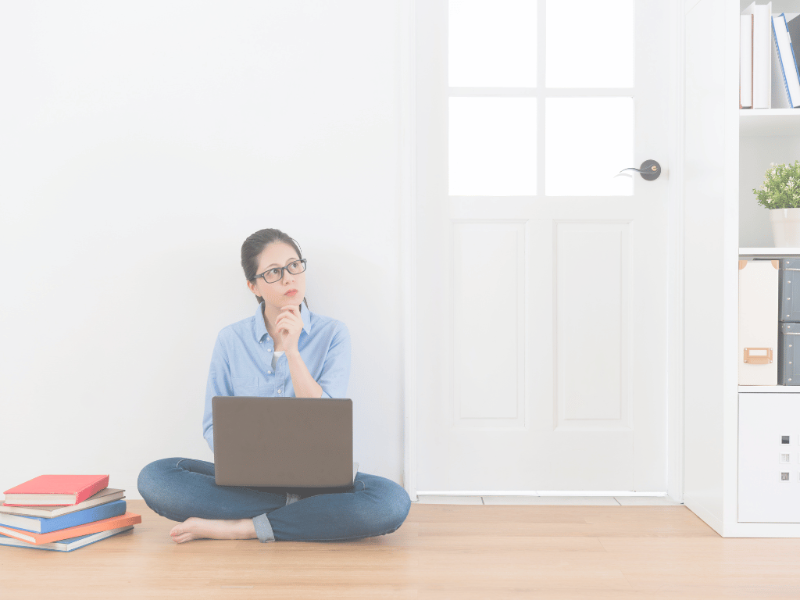

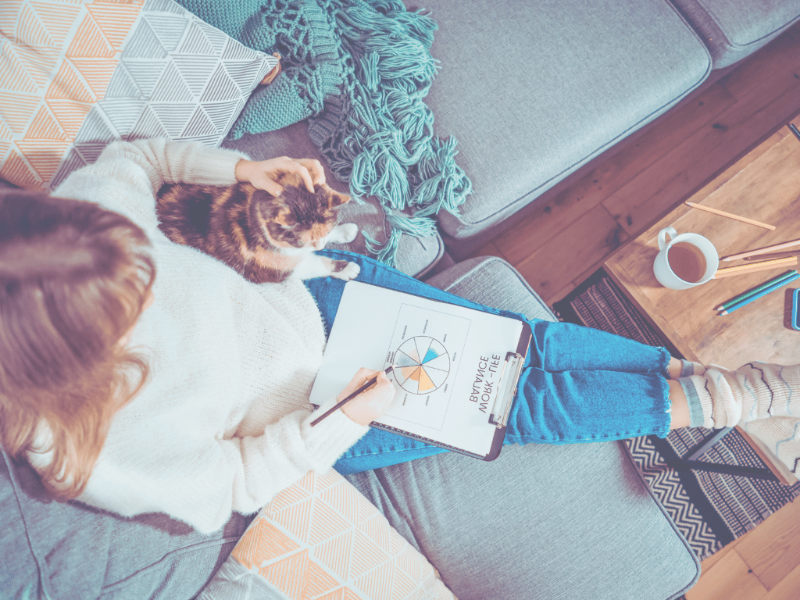
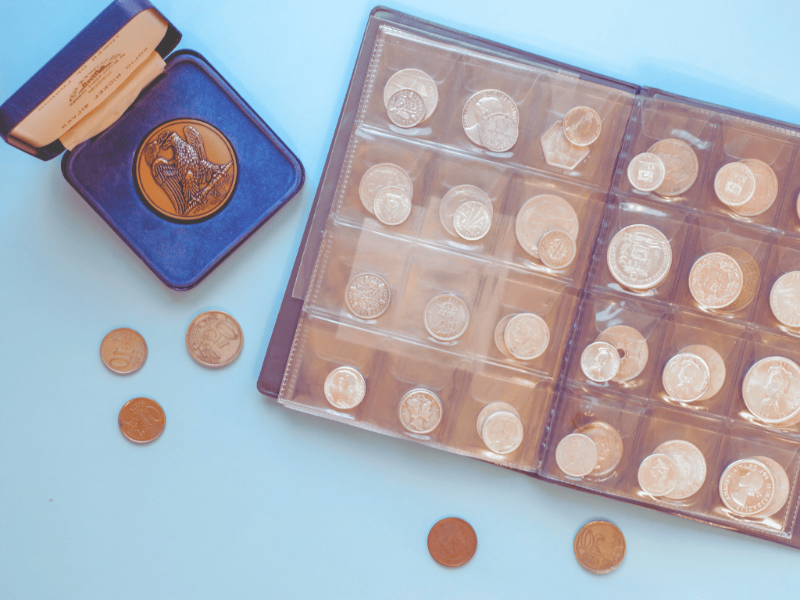
Our website offers information about financial products such as investing, savings, equity release, mortgages, and insurance. None of the information on Sunny Avenue constitutes personal advice. Sunny Avenue does not offer any of these services directly and we only act as a directory service to connect you to the experts. If you require further information to proceed you will need to request advice, for example from the financial advisers listed. If you decide to invest, read the important investment notes provided first, decide how to proceed on your own basis, and remember that investments can go up and down in value, so you could get back less than you put in.
Think carefully before securing debts against your home. A mortgage is a loan secured on your home, which you could lose if you do not keep up your mortgage payments. Check that any mortgage will meet your needs if you want to move or sell your home or you want your family to inherit it. If you are in any doubt, seek independent advice.